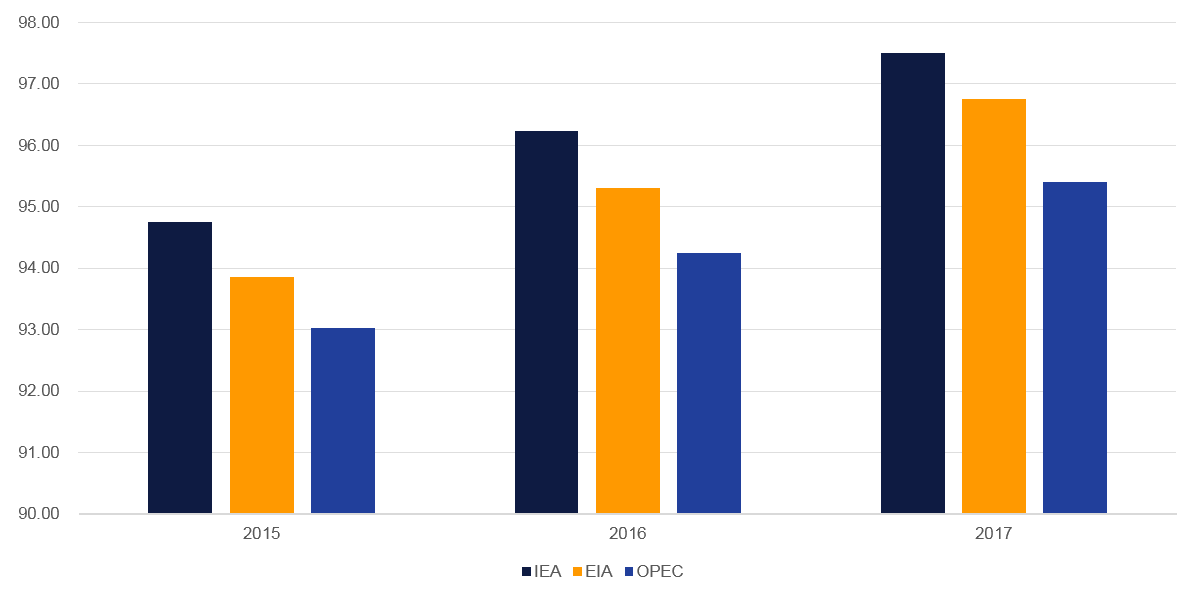
The UAE’s S&P Global headline PMI reading declined in May as it fell to a three-month low of 55.5, compared with 56.6 the previous month. Nevertheless, the survey remains firmly in expansionary territory with output growth strong. New orders growth slowed modestly from the 17-month high seen in April but remained elevated. This strong order growth continues to be driven by the domestic economy, as new export orders were almost flat once again, having deviated only fractionally from the neutral 50.0 level for four months in a row.

Input costs rose in May, at the fastest pace since February, but the pace of price growth remains much lower than the levels seen in mid-2022 and most respondents reported no change in their input prices. Purchase costs and staff costs both contributed to the modest uptick, with firms noting higher raw materials prices and some incentivizing of staff members. Firms hired at a slightly faster pace in May. With inflationary pressures on their inputs modest, firms continued to discount as they sought to maintain demand: output prices fell for the 13th month in a row as business noted competition.
In this positive environment, business optimism has continued to improve in the UAE, and it rose to the highest level since October 2021 with nearly a fifth of respondents expecting greater output in 12 months’ time. The PMI for the UAE has been resilient through the start of the year but we expect that a global slowdown and interest rate increases will weigh on growth through the second half of the year, and we forecast non-oil growth of 3.5% this year.
Saudi Arabia’s Riyad Bank PMI declined to a four-month low of 58.5 in May, down from 59.6 in the previous month. However, the survey result remains high compared with the long-run average and is only low in comparison with the eight-and-a-half year highs seen in February and April. New orders slowed modestly compared with April but there were still nearly 40% of businesses reporting a rise with tourism and construction in particular performing strongly. Meanwhile, new export orders turned positive once more after contracting in April, with firms citing new product releases as one of the factors behind the gain. Firms continued to hire in order to cope with this demand, with the employment subcomponent marginally higher than in April.

Input prices rose at a faster pace in May, with all four sectors followed by the survey reporting higher prices. These were driven by both purchase costs (namely raw materials) and staff costs, which grew at one of the fastest paces in years as employees faced higher costs of living. Compensating for their higher input prices, firms rose their output prices at the fastest pace in 33 months. Only the construction sector reported charging lower prices.
Business optimism fell to its lowest level in 12 months as firms noted some increased competition. However, it remains high compared to long-run averages, with businesses confident that government reforms and investment in projects will underpin demand. We forecast non-oil GDP growth of 4.8% this year.
Egypt’s PMI reading in May was at a 15-month high of 47.8, up from 47.3 in April and an average 46.5 over the first quarter. While still in contractionary territory, there are indications that some of the pressures on Egyptian private sector businesses could be stabilising.
Input prices did rise at a slightly faster pace in May as compared with April’s 12-month low, but this was still far lower than the levels seen through the close of 2022 and into the start of this year when multiple moves lower by the Egyptian pound drove up inflation. Purchase prices rose at broadly the same pace in May as the previous month as 16% of respondents noted higher prices, often owing to the exchange rate. Staff costs accelerated modestly owing to cost of living pressures. In this environment, firms continued to pass their higher costs on to consumers and output prices rose at a slightly faster pace than in April but again much slower than the pace recorded several months earlier.
Output by Egyptian firms fell at the slowest pace since the end of 2021, but firms continued to note import controls and weak demand as weighing on their activity. New orders declined in May, albeit not as rapidly as in the preceding months, with some firms attributing this to high inflation. Business optimism remained weak in this environment, albeit up modestly from April.